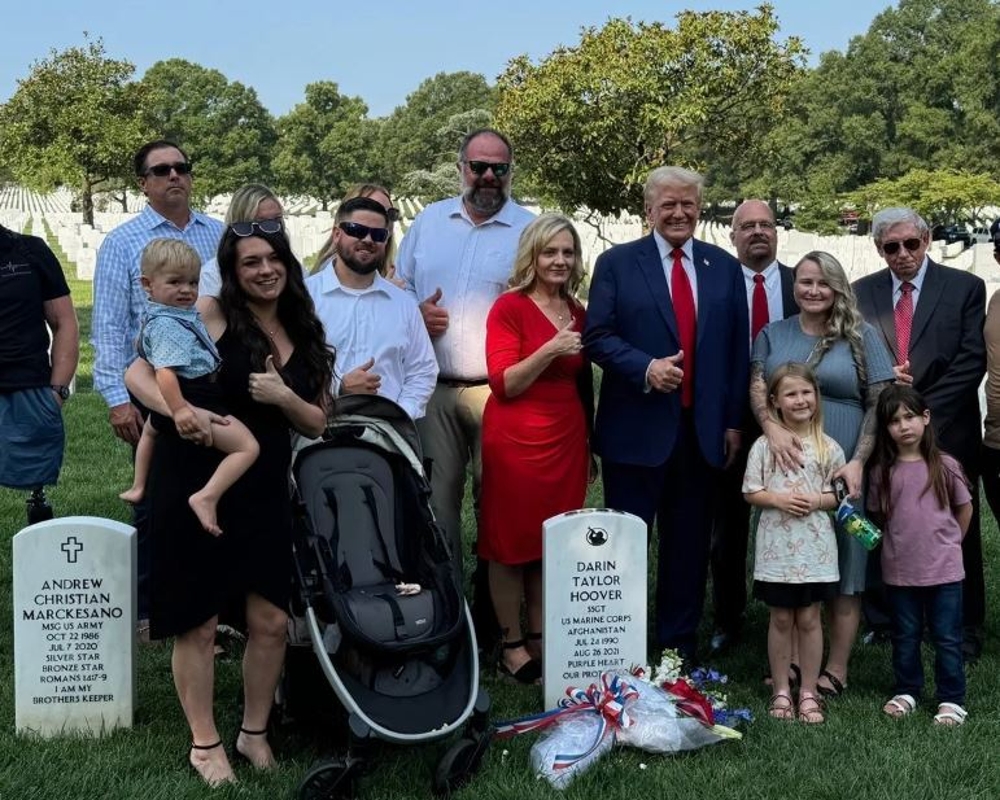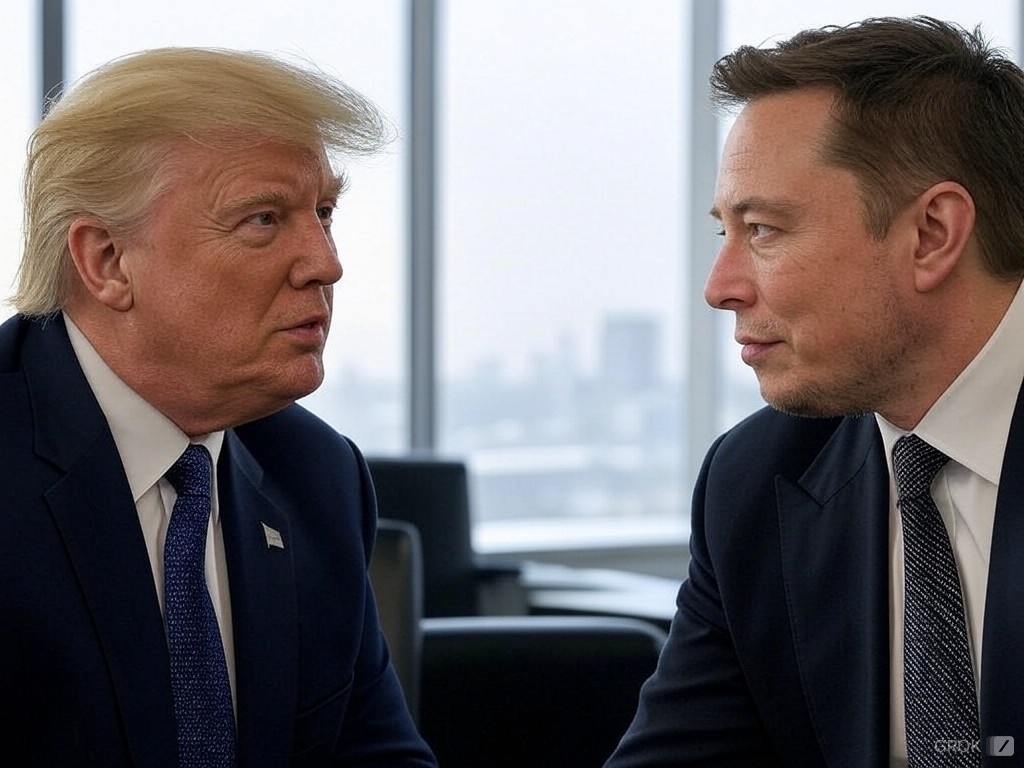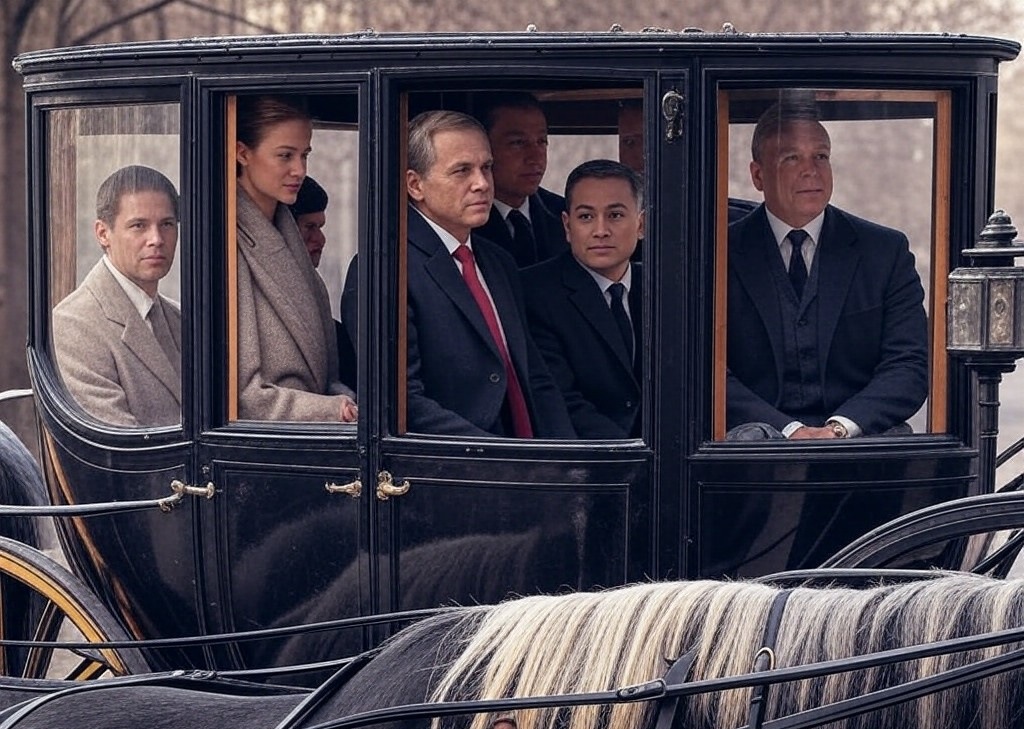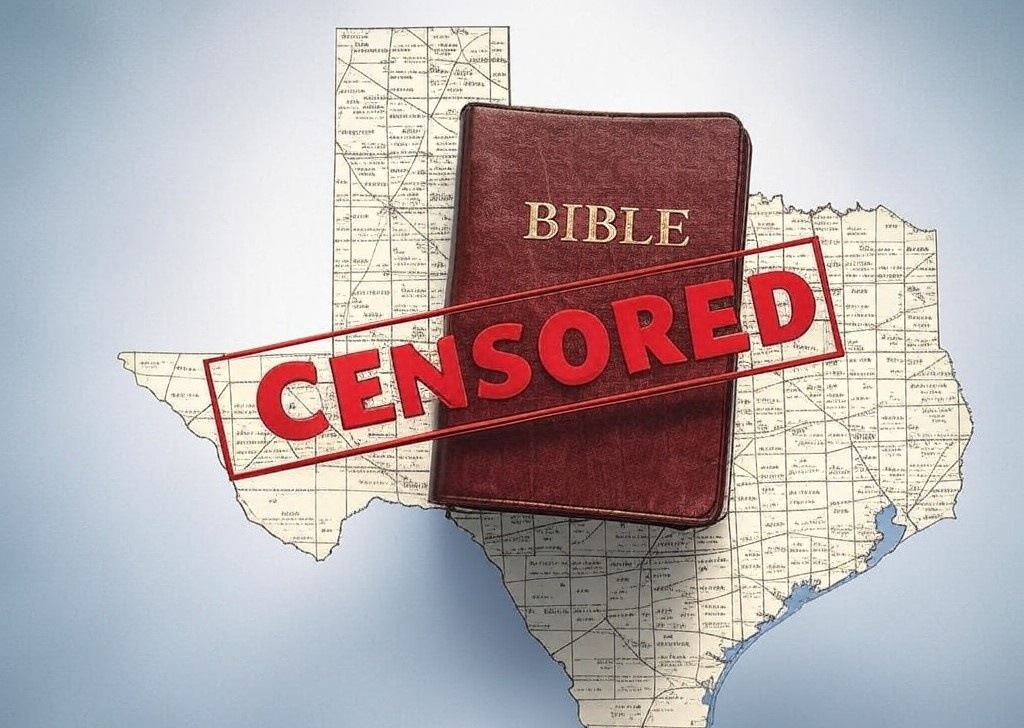Former President Donald Trump is once again under fire for his use of emotionally charged settings as backdrops for campaign photo opportunities, a pattern that critics say reflects a troubling disregard for the sanctity of these sites and the people they represent.
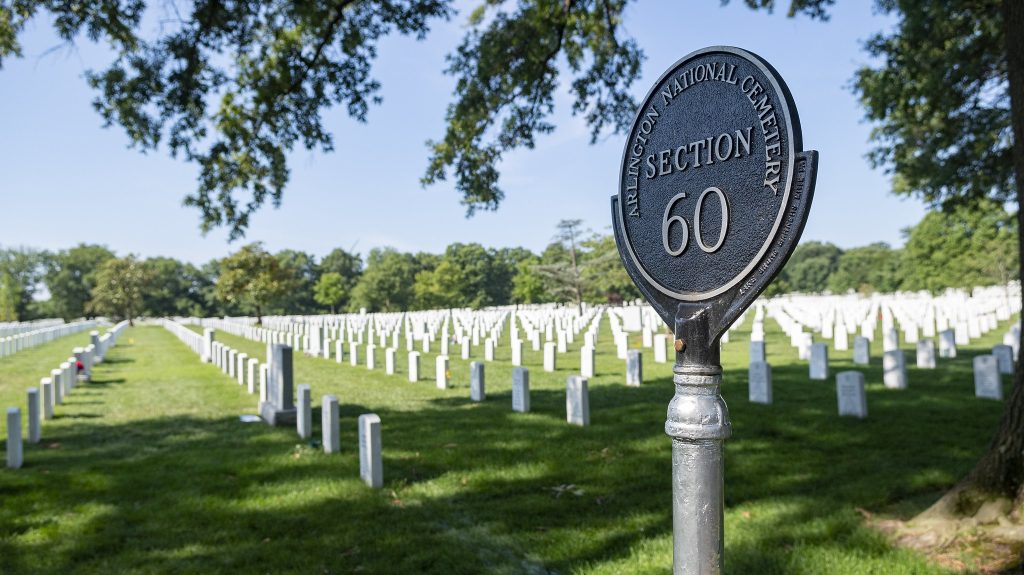
The latest incident at Arlington National Cemetery has drawn comparisons to a similarly controversial photo op during the George Floyd protests in 2020, highlighting what many see as a consistent strategy of exploiting sensitive moments for political gain.
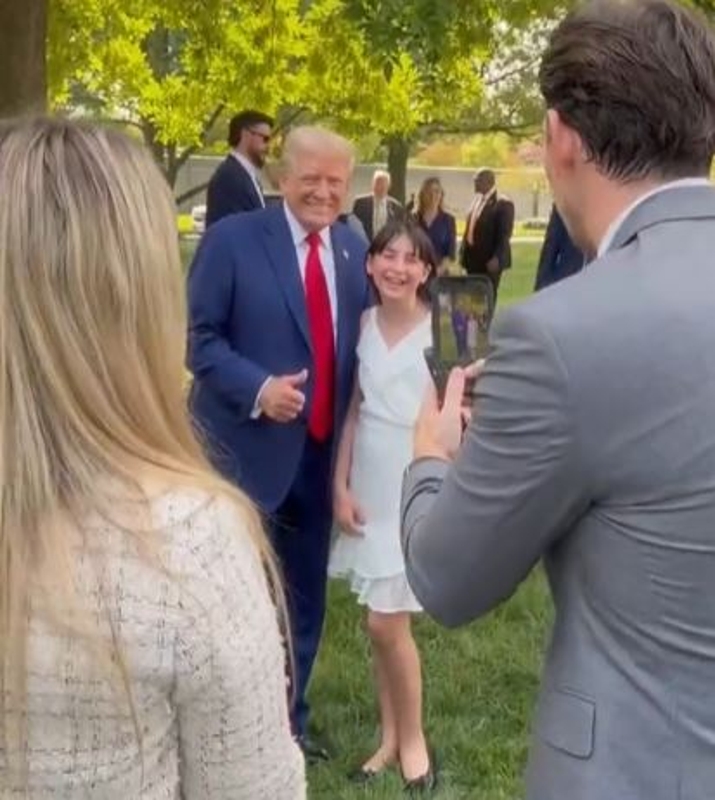
On Monday, Trump and his campaign team found themselves at the center of a heated altercation at Arlington National Cemetery. A member of Trump’s entourage reportedly forced his way into recording footage in Section 60, an area reserved for the recently fallen U.S. service members, where photography is strictly prohibited. The footage later appeared in a campaign TikTok, sparking outrage among veterans and military officials who accused Trump of desecrating sacred ground for political purposes.
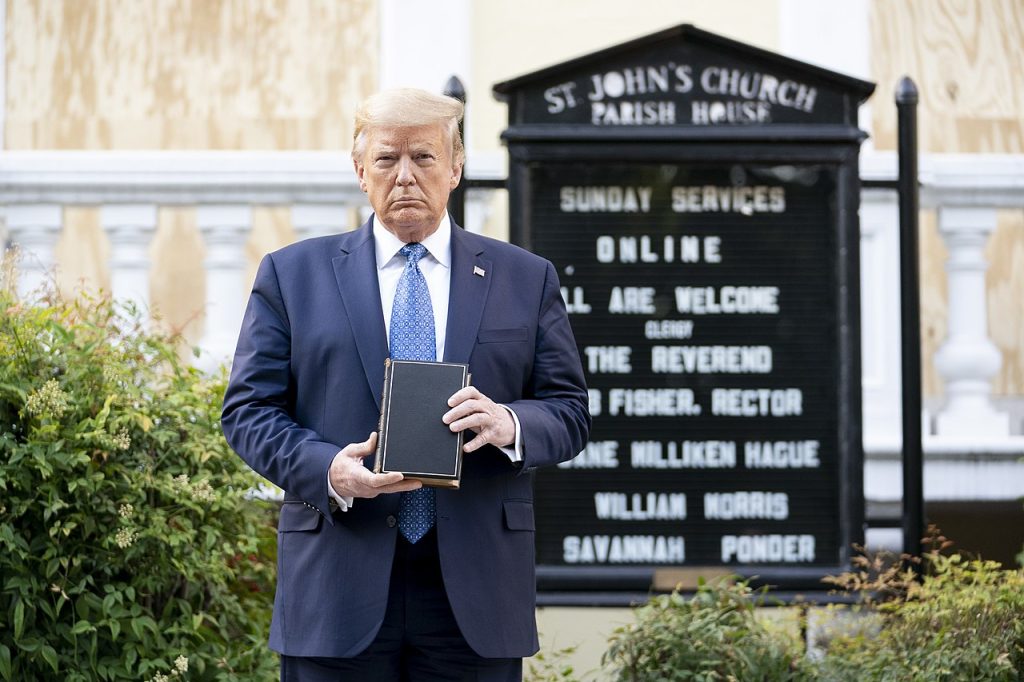
This incident is not the first time Trump has been accused of using emotionally charged locations for political theater. On June 1, 2020, during the height of the George Floyd protests in Washington, D.C., Trump was widely criticized for a photo op at St. John’s Episcopal Church. To create a path for Trump and senior administration officials to walk from the White House to the church, law enforcement officers forcibly cleared peaceful protesters from Lafayette Square using tear gas and other riot control tactics. Trump then posed in front of the church with a Bible, a gesture that was intended to project strength but instead was widely condemned as a cynical use of religious symbolism for political gain.
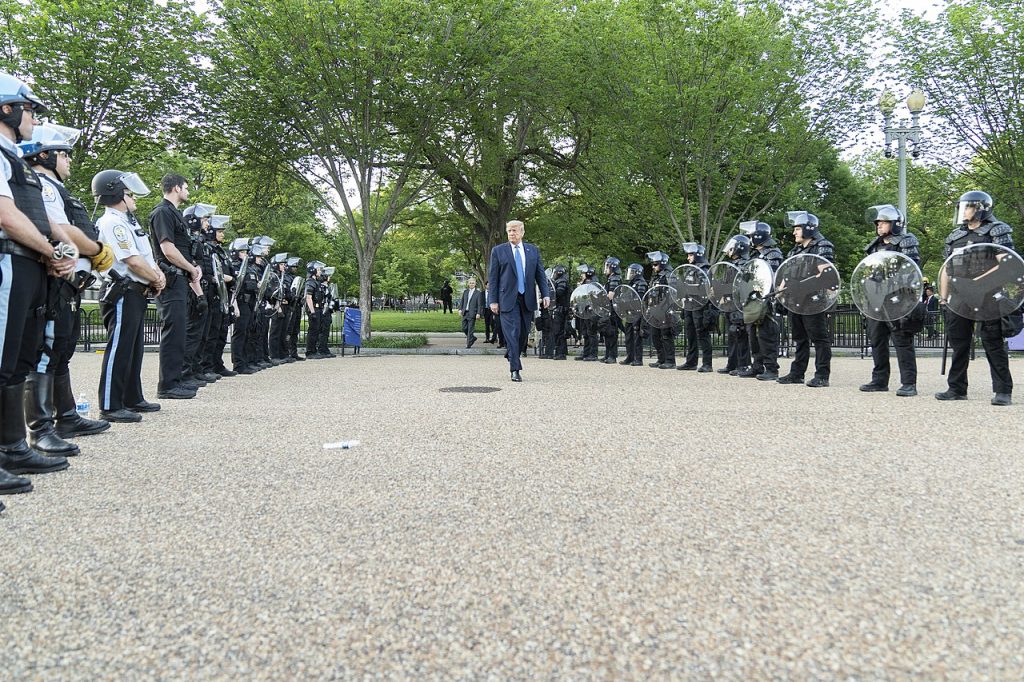
The clearing of Lafayette Square was seen by many as an excessive use of force and an affront to the First Amendment right to freedom of assembly. The event was described by The New York Times as “a burst of violence unlike any seen in the shadow of the White House in generations” and has been considered one of the defining moments of Trump’s presidency. Former military leaders, religious figures, and politicians from both parties condemned the actions, with General Mark A. Milley, Chairman of the Joint Chiefs of Staff, later apologizing for his involvement.
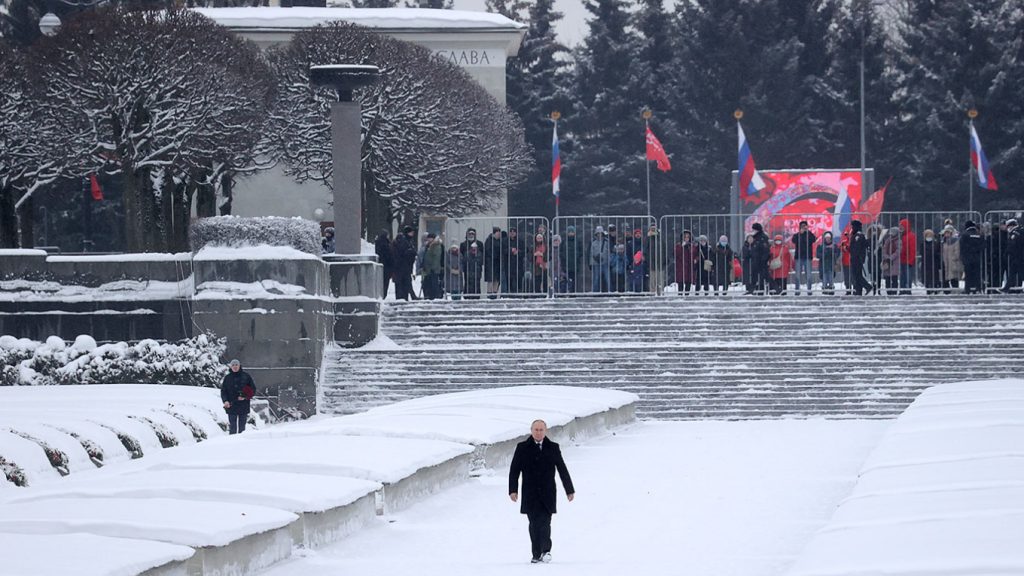
Putin is famous for using cemetery’s for political photo ops. The parallels between Trump’s use of the Lafayette Square incident and the recent events at Arlington are striking. Both involved the use of powerful, emotionally resonant settings—whether a church symbolic of peace and reconciliation or a cemetery representing the ultimate sacrifice of America’s service members—as stages for political messaging. Both incidents sparked widespread outrage, not just for the actions themselves but for what they represented: a willingness to override norms, laws, and the emotional weight of these spaces in the pursuit of political advantage.

At Arlington, the backlash has been swift and intense. Nearly 400,000 people are buried at the cemetery, and its rules are clear: political activities, including filming or photography for partisan purposes, are prohibited. Yet, Trump’s campaign insisted they had permission to film, despite federal regulations and the objections of cemetery officials. The campaign’s aggressive defense, including an attack on the mental health of the official who tried to stop them, has only deepened the controversy.
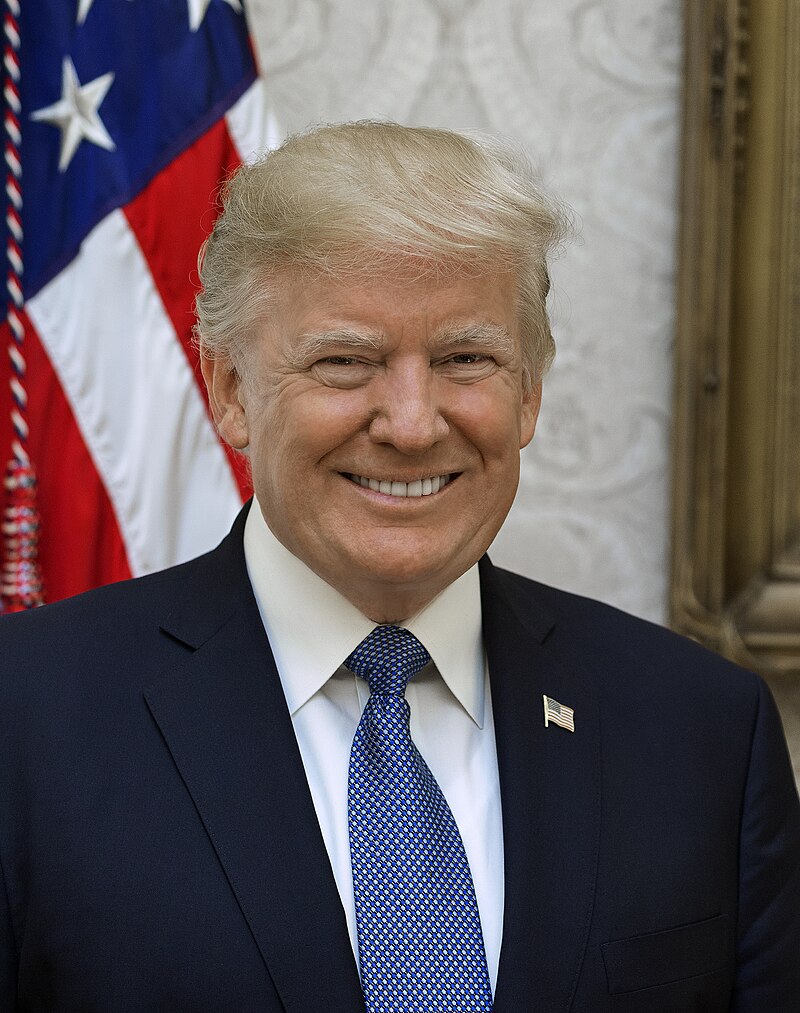
The use of Arlington National Cemetery for political gain has drawn particular ire because of Trump’s contentious history with the military community. Previous reports, which Trump has repeatedly denied, claimed that he referred to World War I dead as “suckers” and “losers.” The Arlington incident has revived these concerns, suggesting to some that Trump’s actions are consistent with a pattern of disrespect toward the military.

Even as some family members of soldiers buried in Section 60 defended Trump’s actions, thanking him for honoring their loved ones, critics argue that the cemetery’s sanctity must be upheld above all. There’s an actual federal law on the books saying it cannot be used for political purposes, individual families do not have the right to waive these regulations.
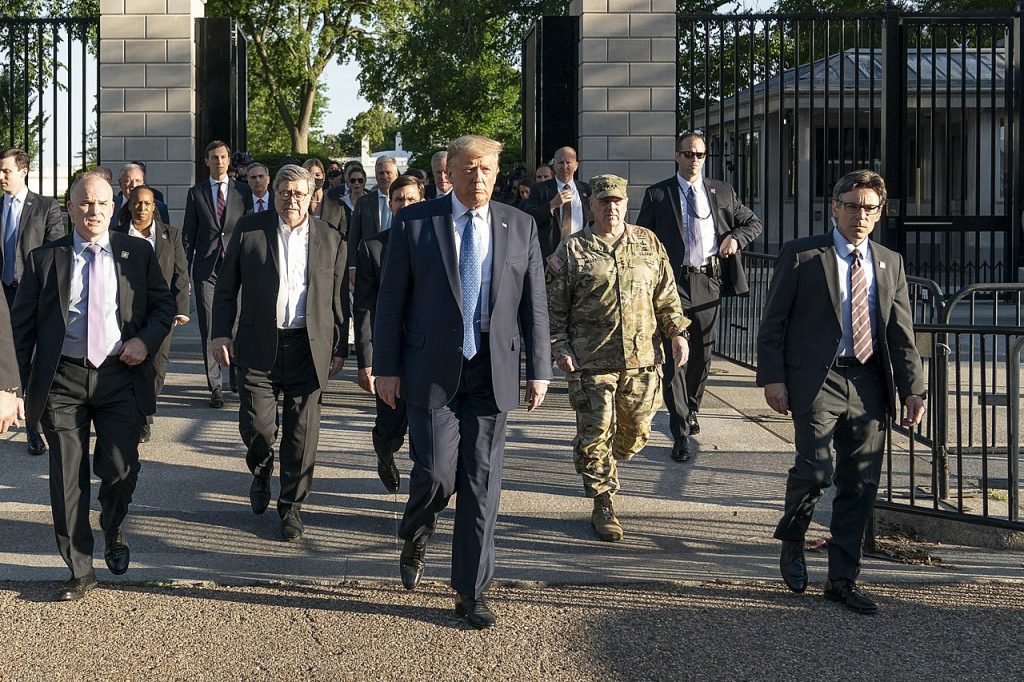
As Trump’s campaign continues, the use of emotionally charged sites like Arlington and St. John’s Church as backdrops for political messaging raises important ethical questions. For many, these incidents are not just about poor judgment or overzealous staffers; they reflect a broader willingness to exploit sacred symbols and spaces for personal and political gain, regardless of the harm caused. As the 2024 election approaches, voters will have to decide how much these actions should weigh on their decision at the polls.

